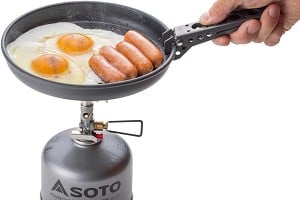
It's still nippy on the hills - at least between dusk and dawn, when a stove gets the most use. Dan Bailey tests a combination of burner and fuel from Primus designed for colder conditions: Winter Gas and the Gravity stove.
Primus Winter Gas 230g £7.50 450g £11.50
For its clean burning and general convenience gas takes some beating as a fuel source for camping stoves. However it is not without disadvantages. In colder weather its performance can be sluggish at best, and if you're out in a UK winter or high up on an Alp this can be quite an issue. The cause is simple physics. Liquefied gas needs to evaporate before it's burned, but in the cold it is less able to do so. When the temperature outside decreases the pressure inside a gas canister also drops, and as the contents are used up this low pressure becomes progressively more of an issue.
In order to compensate for this cold weather performance drop-off Primus have developed Winter Gas. Inside the canister it's an isobutane/propane mix. So far so standard. The clever bit, for which they've won awards at outdoor trade shows, is the addition of a paper vapour mesh inside the canister. This can absorb the gas in its liquid form, say Primus, and creates a greater surface area to speed the transition from liquid to gas. Since there's more fuel available to burn you get a faster boiling time. Performance is also more consistent throughout the lifetime of the cartridge. Or so the theory goes.
Performance
To test the performance of Winter Gas I started in the controlled environment of my kitchen (not exactly a lab, but there's coffee on tap). I stuck a full 230g can of Winter Gas and another of the standard Primus Power Gas amongst the peas and potato waffles in the freezer, chilling them down overnight to -20C. I then timed each bringing 1 litre of cold tap water to a rolling boil, in an open pan on the Gravity stove (see below). Power Gas managed 9mins35secs; Winter Gas was 9mins06. It's a small but noticeable difference (and yes they'd both have been a lot quicker in a lidded pan). More important than the initial score however is how well the gas continues to perform as the canister empties.
To use it up a bit I took the Winter Gas for some high level winter backpacking on Ben Nevis and Co. On a summit bivvy temperatures went down to about freezing level overnight, and though in those conditions I'd normally be shaking or warming my gas canister to get the most life out of it the Winter Gas kept purring away unaided, quickly and efficiently turning neve into boiling water for food and rounds of warming brews.
After a couple of nights' use I returned the now-part-used cartridge to the kitchen freezer for another test, this time alongside a half-spent canister of a standard camping gas - a Coleman 70/30 butane/propane mix I had lying around. Winter Gas came in at 9mins18 - barely an appreciable difference to the full cartridge score. The standard gas, however, fizzled to the finish in an unimpressive 21mins08. While I wasn't comparing Winter Gas with exactly the same standard gas bottles in both kitchen tests, the numbers still seem telling. I think it's safe to conclude that the claims Primus make for Winter Gas stack up; it does continue to perform consistently even as the canister empties.
Verdict
At £7.50 for a 230g canister Primus Winter Gas is a fair bit more pricy than your average gas at more like £4 - £5. However unlike normal gas its output remains consistent even as the pressure drops. If you're out in colder conditions in a UK winter, or up at higher altitudes overseas, then you could well decide that its better cold weather performance makes it worth the money.
Weight: 230g or 450g
Lower limit: -22C
Primus say
Primus Winter Gas contains a unique innovation inside the cartridge: Vapour Mesh. Vapour Mesh is made from absorbent paper and increases the surface for the evaporation process, enabling LP gas to change phase from liquid to gas much easier and quicker making the Winter Gas deliver better performance than other cartridges in temperatures down to -22°C
Primus Gravity stove £65
When choosing a stove for winter camping, what should you be looking for? It depends largely on your priorities. Ultralight backpackers counting every bean will struggle to do better than a small, simple canister-top burner, some of which come in at under 70g. Alpinists simply looking to boil water as quickly and easily as possible will prefer a compact all-in-one system. And then there's the third option, the remote canister stove. With their hose-mounted cartridge and low, stable burner, these are a good versatile choice for cold weather camping, particularly if you are catering for a group.
The Primus Gravity is a sturdy, powerful remote canister stove that's equally suited to winter backpacking and all-season valley camping. It came with me on the recent Lochaber trip.
Weight, pack size and build quality
As I tend to go out alone, usually for just one or two nights, I'll typically default to the smallest and lightest canister-top stove. In comparison to these the Gravity is a bit of a beast, weighing a hefty 260g and taking up a lot more room in the bag. That said, its folding legs make it a smaller load than it could be, and it is certainly less onerous to carry than a typical multi-fuel stove. The Gravity is a lot of stove for a soloist, but it would make sense for a party of two, three or even four people. To compensate for its weight the unit is well made and durable, and although this is a short term test it looks like it'll offer years of service.
Design and performance
With its four sturdy legs folded out wide the Gravity sits low to the ground, keeping your brew stable even if the terrain is a bit on the lumpy side. Unlike a canister-mounted burner there's no wobble with a full pan on top, and little danger of spilling your dinner. The four wide pan supports will take a big pot for mass catering. This isn't only useful for boiling large amounts of water, but also when you're doing some genuine camp cuisine too. You could easily cook up a stew with multiple fresh ingredients, for instance, or fry your bacon for breakfast - things that you'd struggle to do with an all-in-one cartridge stove. The large burner head puts out a lovely wide flame which roars away happily even in a light breeze. But when it's more than a light breeze, the aluminium wind guard gives it plenty of protection. The canister is connected by a strong flexible hose, and to boost cold weather performance the gas then runs through a coil that sits in the flame, heating it before ignition. It's this that gives the Gravity its cold weather credentials.
Extras
Along with the stove you get a flexible aluminium heat reflector and wind guard, a nylon stuff sack and a separate piezo lighter. For what it is, this latter seems relatively big and heavy, so I might be tempted to carry a couple of cheapo cigarette lighters instead. For an extra £60 a kit is available that converts the Gravity from a gas-only to a multi-fuel stove, something that would be worth considering if you were off to exotic climes.
Verdict
A powerful burner, solid build and wide stable design make the Gravity a versatile gas stove for anything from winter backpacking and mountaineering to valley campsites with the family. It is bulky and heavy for solo use, but ideal for pairs or groups.
Weight: 260g
Burn time: 70 min on 230g gas cartridge
Comes with: stuff sack; piezo igniter; heat reflector; wind guard
Extra: multi fuel converter kit £60
Primus say
The updated Gravity III is the stove for people who want a stable, small stove but still appreciate the simplicity of gas. Thanks to the preheating coil, the stove can also be used during the cold season. With it its new igniter, which also works as a tool, Gravity has become more reliable and robust than ever. The stove has four stable, foldable legs and a wide flame making it suitable for larger pots. The Gravity III comes with a windscreen, a heat reflector, an igniter and a nylon storage bag. Gas is not included.



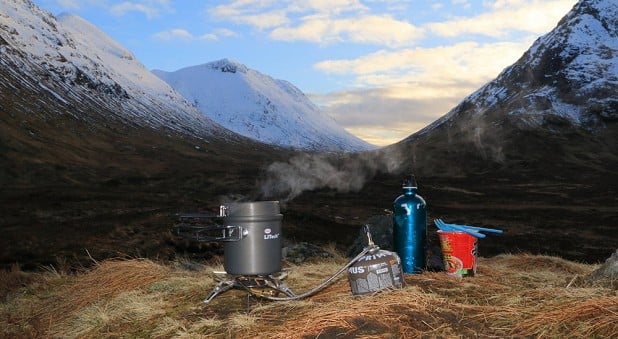
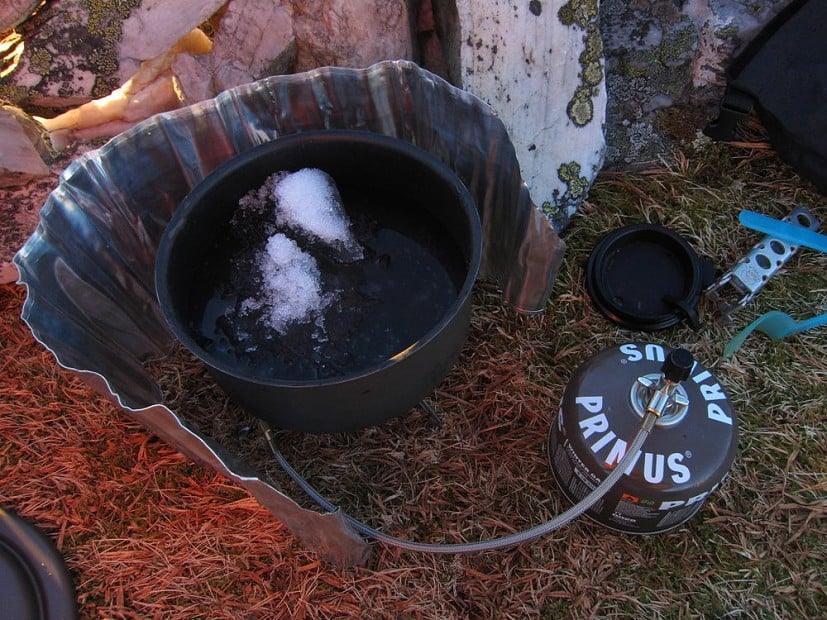
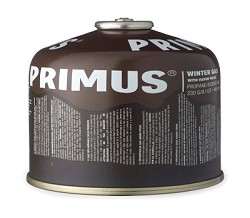
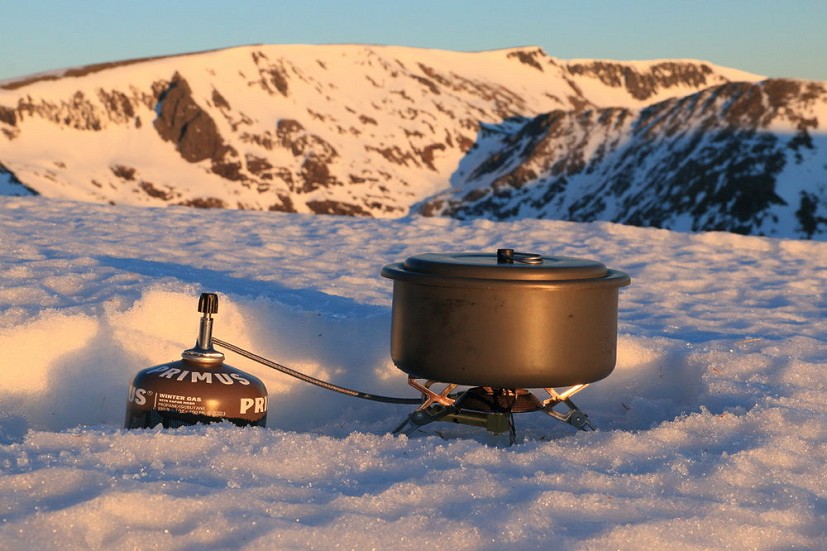
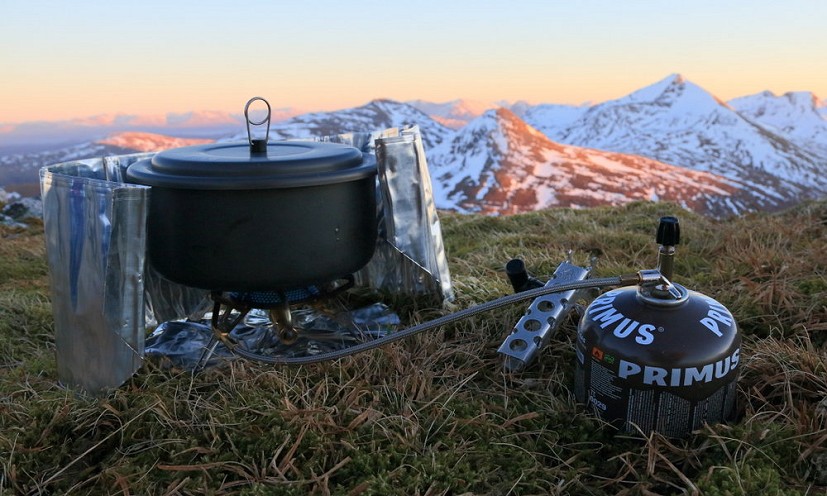
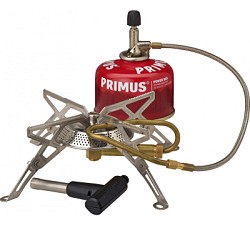



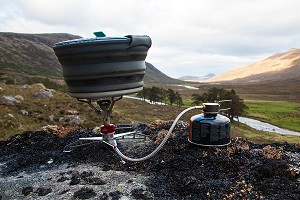
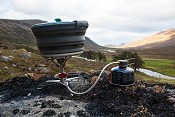
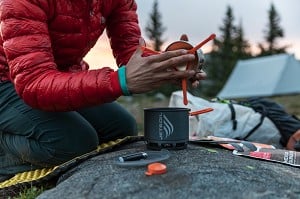
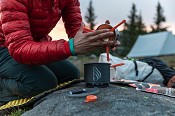
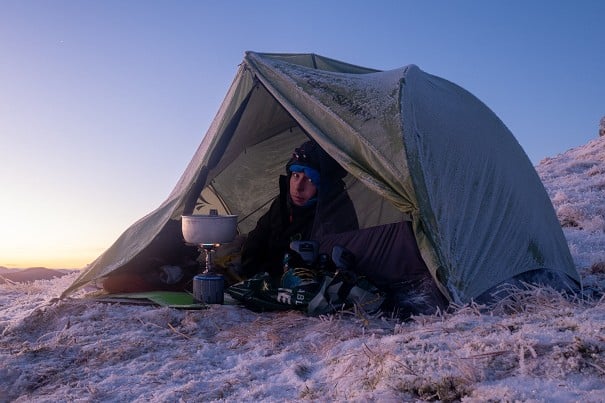
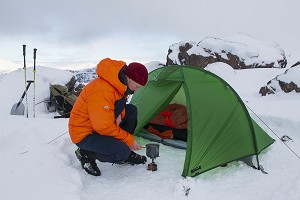
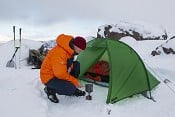
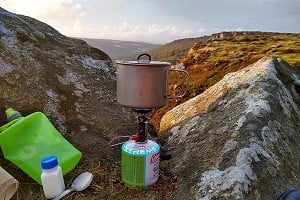
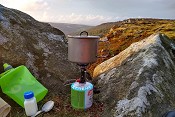
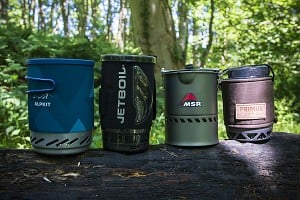
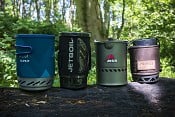
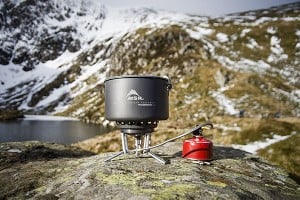

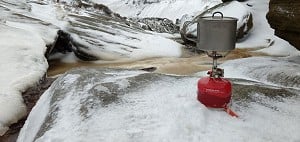

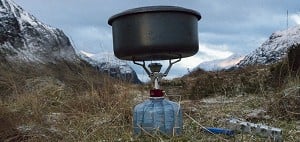

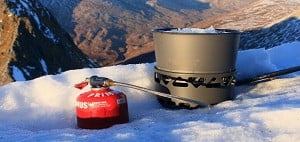

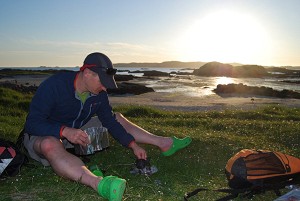

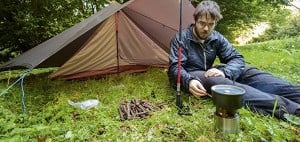

Comments